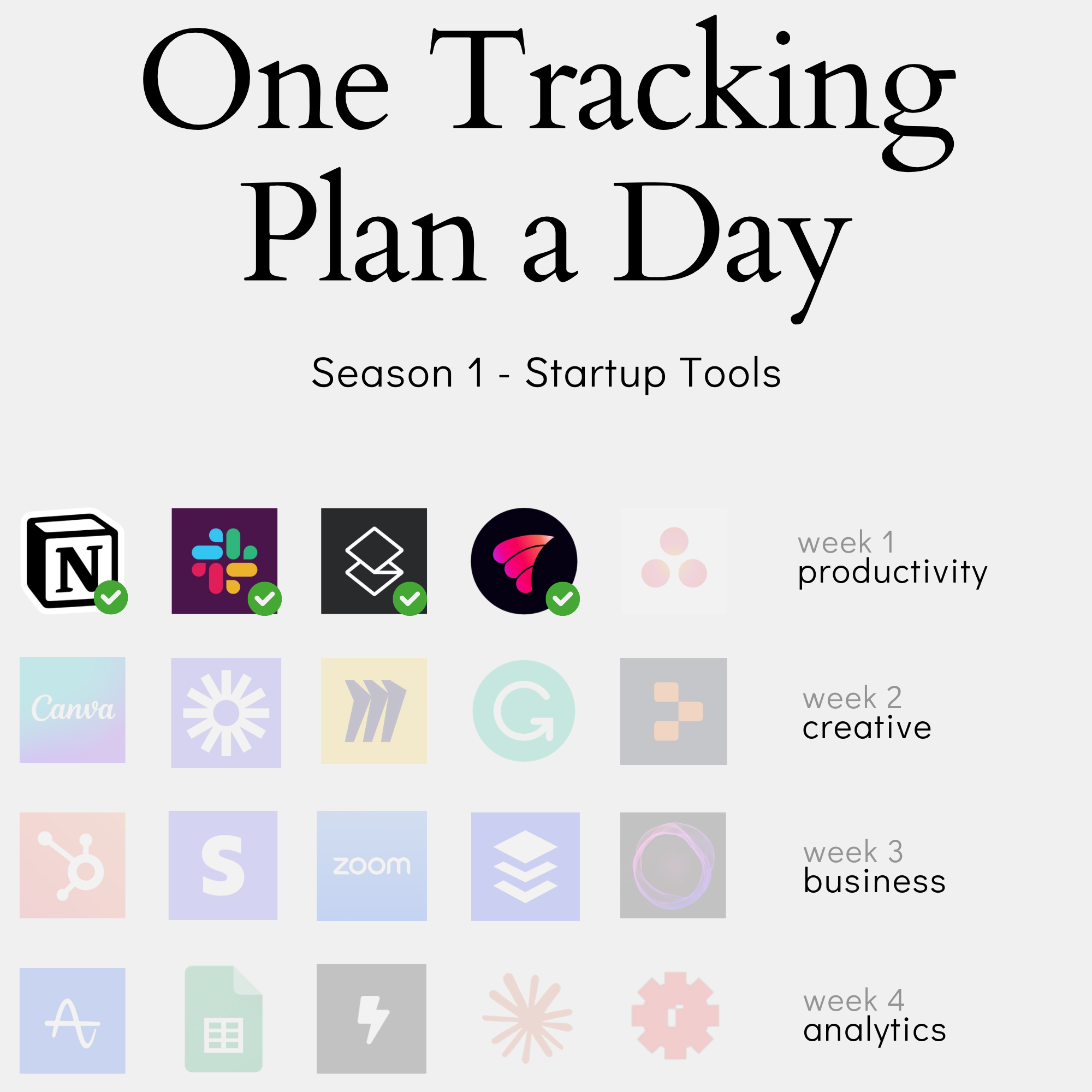Create a tracking plan for a tool that you want to use as short as possible - Vimcal tracking plan
You've probably been there: staring at your analytics dashboard, drowning in a sea of click events, page views, and user actions, yet somehow still unable to answer the simple question "are people actually using our product?" It's a common trap in product analytics - tracking everything but understanding nothing. This was exactly where I found myself years ago, watching teams build elaborate tracking plans that collected every possible interaction but failed to tell the product's story.
Today, I'll show you a different approach to analytics design - one that puts humans first, focuses on meaningful insights, and evolves naturally with your product. Using Vimcal, a calendar app for people with too many meetings, as our example, we'll explore how to build analytics that tell your product's story instead of just logging its clicks.
In this content series - season 1, I create a tracking plan for a typical start-up tool every day for four weeks (I take a break on the weekend), so 20 in total. This is the second one: Vimcal. Here is the season overview:

From Clicks to Customer Journey: Why Traditional Event Tracking Falls Short
The Problem with Click-Based Analytics
When teams first dive into product analytics, they often start in the most obvious place: tracking clicks. It's a natural instinct - open up the application, identify where users can click or interact, and start collecting that data. After all, isn't that what users do? They click through our carefully designed interfaces.
But here's the trap: clicking isn't the same as using.
Let's look at Vimcal, a calendar app, as an example. When a user creates a new calendar event, they might:
- Click the "+" button in the interface
- Use a keyboard shortcut (Vimcal is big on keyboard shortcuts)
- Accept an invitation from someone else
- Have an event created automatically through a booking link
Join the newsletter
Get bi-weekly insights on analytics, event data, and metric frameworks.